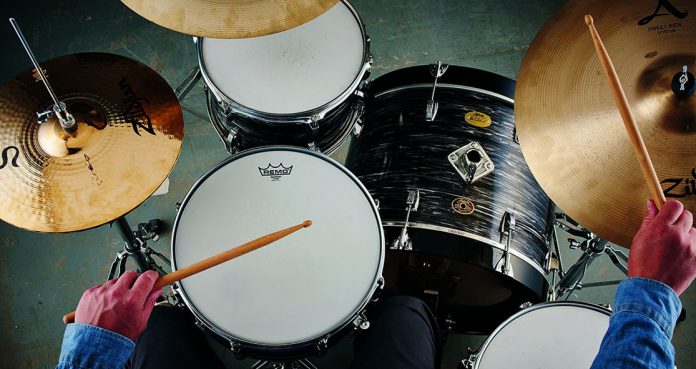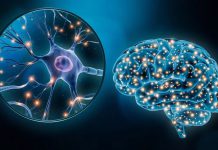With years of practice, drummers are often found to have better communication between the two sides of the brain.
Supporting those findings, a recent study has found that the connection between two cerebral hemispheres is significantly different in drummers when compared to those who do not play the drums.
Drummers play different rhythmical tasks by using both upper and lower extremities at the same time, a type of coordination that is not possible for people who do not play the drums.
The study authors said, “While most individuals can perform easy motor tasks with two hands at a similar level, only very few individuals can perform complex fine motor tasks with both hands equally well.”
The researchers tried to investigate brain changes in people who play drums regularly.
The study, published in the journal Brain and Behavior, investigated 20 professional drummers with an average of 17 years of experience who practiced drumming for at least 10.5 hours a week. They were compared with 24 participants who did not play any kind of musical instrument.
The researchers measured all the participants’ brain structure and function using MRI scans by focusing mainly on the white matter, which is a nervous tissue through which messages pass between different areas of gray matter.
They also looked at the corpus callosum, which is a thick tract of white matter that connects the two cerebral hemispheres. It plays a pivotal role in this hemispheric asymmetry.
The researchers found structural changes in the corpus callosum between the drummers and non-drummers. There was a higher rate of diffusion in the corpus callosum of participants who played drums, indicating some microstructural alterations.
Clinicians consider high diffusion of the corpus callosum a good sign.
The researchers explained that the front part of the corpus callosum contains less number of fibers in drummers, but they are thick. And thick fibers transfer impulses more quickly.
They also demonstrated that drummers who performed best had the highest diffusion rates in the corpus callosum. To which, the authors said, “Thus, a more efficient anterior corpus callosum leads to better drumming performance.” They said their findings indicate that “professional drumming is associated with a more efficient neuronal design of cortical motor areas.”























